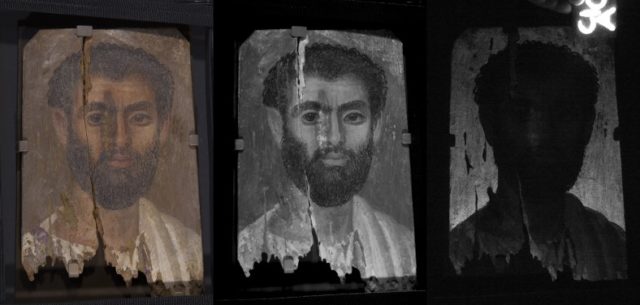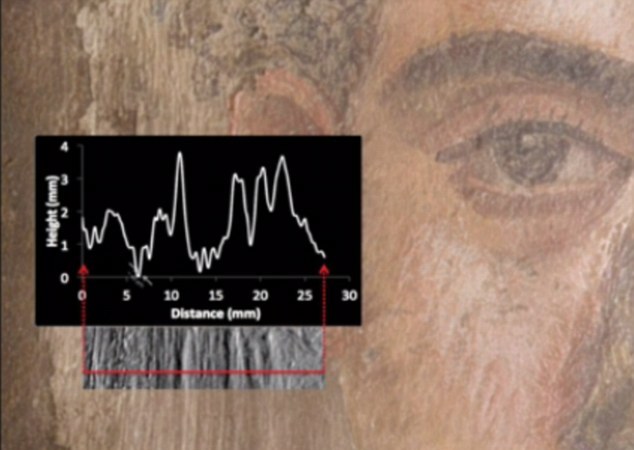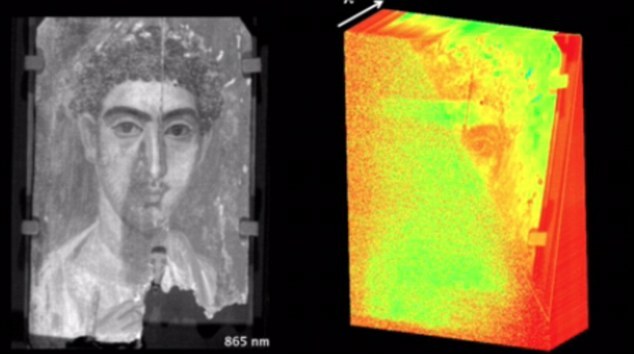In the ancient Egyptian settlement of Tebturnis, the modern day Umm el-Baragat in Al Fayyum, scientists believe they have finally uncovered the secrets behind the techniques used to create a series of fifteen “mummy portraits”.
Remarkably, these 2,000-year-old portraits, first unearthed by archaeologists over a century ago in 1899, appear to contain a wide variety of pigments and materials from across the European continent, suggesting that these ancient Egyptian artists had access to a vast, trans-continental trade network.
These masterpieces, created between the first and third centuries AD, were painted onto wooden panels and were intended to cover the faces of ancient Egyptian mummies. It is widely believed that the style of these Roman-era portraits, using bright colors and depicting the delicate features of the figures head-on, originated with the ancient Greeks, and furthermore, influenced the artists of the late-Medieval and proto-Renaissance periods in Europe with their icon paintings of the Madonna and child.

Scientists today, using a variety of advanced imaging techniques and pigment analyses, have been able to conclusively situate these works within a larger international context–not just in terms of style but considering the materials used. Archaeologists first discovered that the portraits were sketched out onto wooden panels which came from central Europe.
In studying these, they discovered the use of a bright and costly pigment referred to as Egyptian Blue as a base paint. Given this pigment’s rarity and vivid color, it was often used by artists as the top layer of paint. So why only apply it as a base?
Even more expensive colors like red lead pigments from Spain and iron-earth pigments like yellow ochre jarosite from Kos, Greece, took center stage, Mail Online reported.

These findings, concluded by researchers from Northwestern University and the University of California, Berkeley, provide a unique insight into both the highly-developed trade network spanning the entire European continent and the legacy of the ancient Egyptian artistic tradition. According to Dr. Marc Walton, a materials scientist at Northwestern University and head of the research team there, “these visages of the dead are considered to be the antecedents of Western portraiture” and furthermore, “[the material analysis] provides a fresh and rich archaeological context for the Tebturnis portraits, reflecting the international perspective of these ancient Egyptians”.
The next step for researchers will be to identify the individual artists behind these fascinating works. Walton states that “the specific information obtained from these painting methods and overall distribution of pigments produces groupings of portraits of similar materials, and has led to the identification of ancient workshops and the hand of specific artists”.

Photo Credit
His team at Northwestern continues to “uncover new and intriguing clues about how to identify the hand of an individual artist”.
In fact, microscopic imaging of brush techniques has already helped researchers to identify a single artist behind three of the fifteen portraits, and they predict that similar discoveries are just on the horizon for the others.
